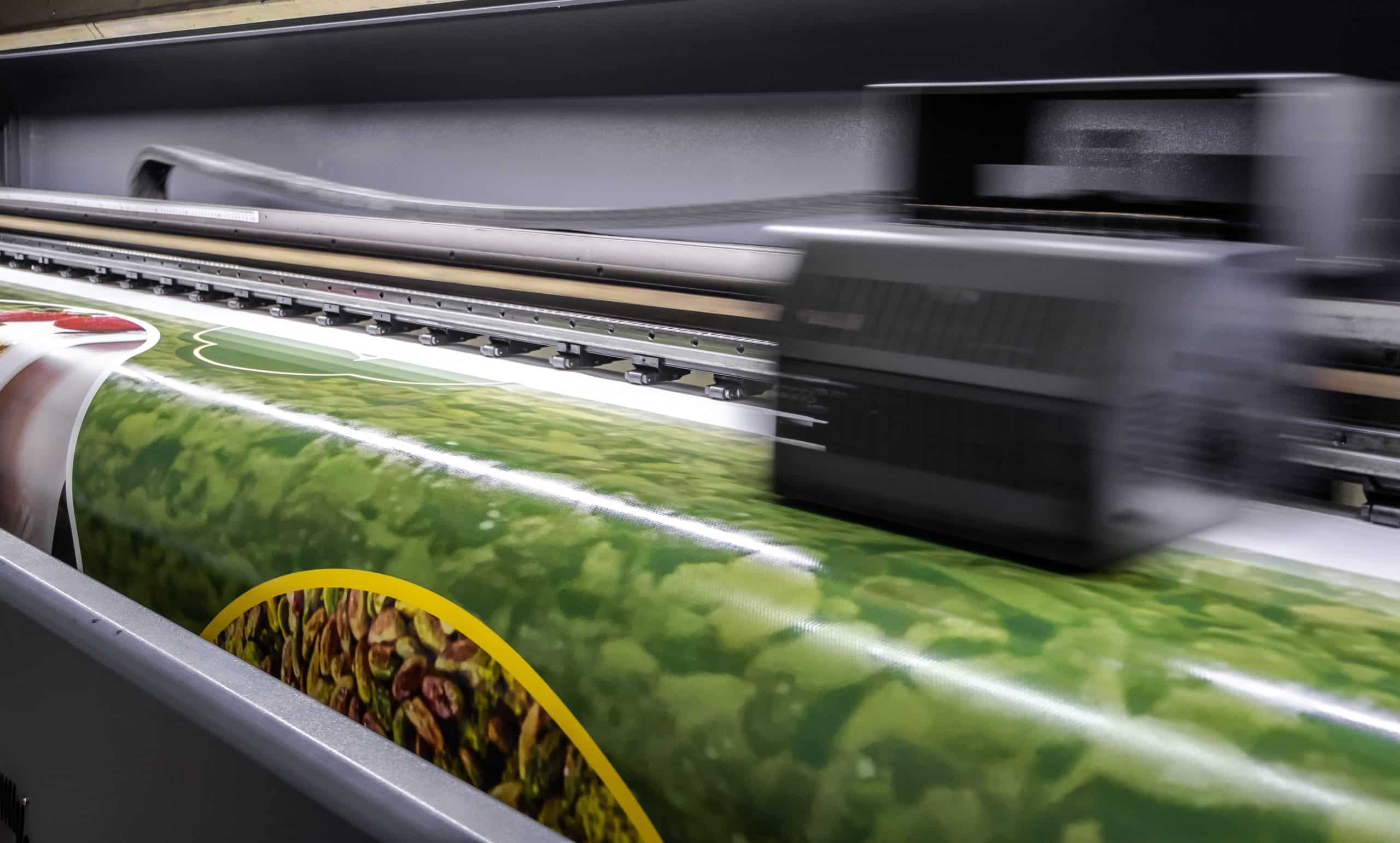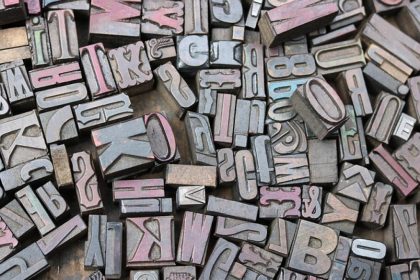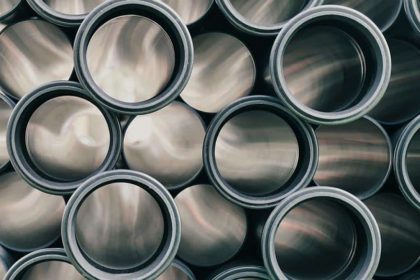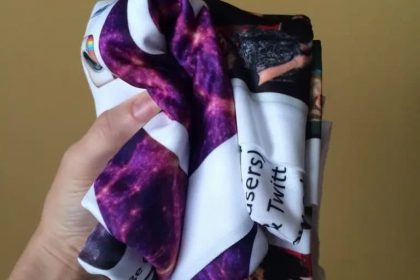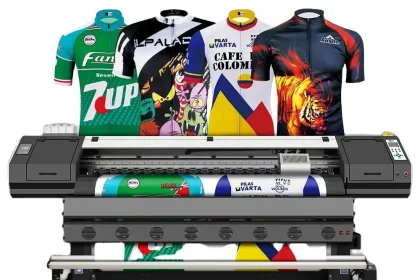A Comprehensive Guide to Direct to Substrate Printing
Welcome to our detailed guide on substrate printing and direct to substrate printing - two revolutionary techniques that have transformed the printing industry. This comprehensive overview is designed to explore the ins and outs of both methods, providing insights into their applications, benefits, and the technology that powers them. Whether you're a professional in the printing industry or simply curious about how these technologies work, this guide aims to equip you with a thorough understanding of substrate printing and direct to substrate printing, highlighting their significance in today's market.
What Is Substrate Printing?
Substrate printing is a broad term that encompasses any printing process where ink is applied directly onto a material or substrate. These substrates can vary widely, from traditional paper and canvas to more unconventional materials like glass, wood, metal, and various plastics. The flexibility of substrate printing makes it an indispensable technique in both commercial and artistic realms, allowing for the customization of a vast array of products. The choice of substrate material significantly influences the final appearance and durability of the printed item, making the selection process a crucial step in achieving the desired outcome.
What Is Direct to Substrate Printing?
Direct to substrate printing takes the concept of substrate printing a step further by eliminating the need for intermediary steps such as the use of transfer paper. With this method, digital images are printed directly onto the material, allowing for high-quality, detailed outputs with impressive durability. This process is highly valued for its efficiency and versatility, as it can accommodate a wide range of substrate thicknesses and compositions.
An Overview of the Substrate Printing Process: How It Works
The process unfolds through several meticulous steps, ensuring each print meets the highest standards of excellence.
- Selection of Acrylic Sheet: Begin by thoroughly inspecting the acrylic sheet to identify and rectify any imperfections. It is also crucial to ensure the sheet is the correct size for the intended print.
- Printing Preparation: Prepare the digital file of the photograph by verifying that it meets the necessary resolution and color requirements. Adjustments may be made during this phase to ensure the final print's quality.
- Preparation for Inkjet Printing with UV Ink: Set up the printing equipment, specifically a specialized flatbed or UV printer. These printers are equipped with advanced inkjet technology capable of utilizing UV-curing ink, which is essential for this process.
- Printing Onto Acrylic: The selected printer applies the UV ink directly onto the acrylic sheet's surface. This step requires precise control over droplet placement to achieve the desired image quality.
- Initial UV Light Exposure: During or immediately after the printing phase, the UV ink is exposed to UV light. This exposure triggers a rapid curing process, causing the ink to harden and adhere to the acrylic surface.
- Curing and Finishing: Following printing, the acrylic sheet bearing the image undergoes another round of UV light exposure. This separate curing process ensures the print's durability and longevity.
The meticulousness of this process, from selecting the perfect acrylic sheet to the final curing phase, results in artwork that boasts exceptional quality, vibrant colors, and unmatched durability. This makes direct-to-substrate printing a preferred method for high-end art and photography displays.
Common Applications of Direct to Substrate Printing
Direct to substrate printing has revolutionized the printing industry by offering a versatile and efficient method to print directly onto a variety of materials. This technology opens up endless possibilities for customization and creativity across several industries. Below are some of the key applications of direct to substrate printing, showcasing its flexibility and wide-ranging utility.
Custom Signage
Businesses frequently utilize direct to substrate printing for creating custom signs, including promotional displays, informational signage, and directional signs. This application benefits from the durability and visual quality of the prints, suitable for both indoor and outdoor use.
Decorative Panels and Wall Art
Artists and interior designers often choose direct to substrate printing to produce high-quality decorative panels, wall art, and bespoke wallpaper. The ability to print on large, rigid substrates like wood and acrylic allows for stunning, durable artwork.
Personalized Gifts and Promotional Items
The technology is perfect for creating personalized gifts, such as custom phone cases, mugs, and keychains, as well as promotional items for businesses. The direct printing method ensures high-quality, vibrant images that make each item unique.
Packaging and Product Branding
Direct to substrate printing is also used in packaging and product branding, offering companies the ability to print directly onto product containers, boxes, and bags. This application helps businesses stand out on the shelves with eye-catching designs.
Industrial Applications
In industrial settings, direct to substrate printing is employed to label machinery and equipment, create control panels, and produce high-durability labels that withstand harsh conditions. The print's resilience to fading and wear is particularly valued in these environments.
Fashion and Apparel
The fashion industry takes advantage of direct to substrate printing to design custom apparel, including t-shirts, hats, and bags. This method allows for detailed, vibrant designs on various fabrics, offering a high degree of customization for brands and designers.
Exhibition and Event Displays
For exhibitions and events, direct to substrate printing provides a solution for creating striking displays, backdrops, and banners. These high-impact visuals are essential for capturing attention and conveying information in busy event settings.
Types of Substrates: Material Options Available for Substrate Printing
The versatility of substrate printing lies in its wide range of material options, catering to various applications and durability needs. Common materials include:
- Paper and Cardboard: Ideal for posters, packaging, and disposable items.
- Fabric: Used for apparel, banners, and soft signage.
- Metal: Perfect for durable signs, plaques, and functional items.
- Plastic and Acrylic: Offers versatility for signs, promotional items, and prototypes.
- Wood and Glass: Provides a unique aesthetic for decorative items, awards, and upscale merchandise.
Each material requires specific inks and printing techniques to ensure adhesion, durability, and color fidelity.
Benefits of Substrate Printing for Businesses
Substrate printing offers a plethora of advantages for businesses across various industries. By allowing printing on a wide range of materials, it opens up new possibilities for product packaging, advertising, and interior design.
Enhanced Durability
Substrate printing imparts superior durability to printed materials. The inks and techniques used bond deeply with the substrate, ensuring that the final product can withstand environmental factors such as sunlight, water, and wear over time.
Versatility in Materials
One of the standout benefits of substrate printing is its ability to adhere to a broad array of materials. Whether it's metal, plastic, glass, or fabric, substrate printing can handle it, providing businesses with endless possibilities for product customization and branding.
High-Quality Visuals
Substrate printing is renowned for producing vibrant, high-resolution images. The precision of this printing technique allows for detailed and crisp visuals, making it an ideal choice for businesses that prioritize the aesthetic appeal of their products.
Cost Efficiency
Despite the high-quality output, substrate printing can be surprisingly cost-effective, especially for high-volume orders. The initial setup costs are offset by the longevity and durability of the printed materials, reducing the need for frequent replacements.
Interested in Direct to Substrate Printing? Contact Image Square Printing Today
For businesses looking to leverage the power of substrate printing, particularly direct to substrate printing, partnering with a reputable printing service like Image Square Printing is crucial. With advanced printing technology and expertise in a variety of substrates, Image Square Printing can help transform your creative visions into tangible, high-quality products. Whether you're aiming to produce eye-catching signage, custom merchandise, or unique promotional materials, our team is ready to guide you through the process, ensuring results that exceed your expectations. Contact us today to explore how direct to substrate printing can benefit your business and bring your projects to life.
FAQs
What is the difference between substrate printing and direct to substrate printing?
Substrate printing refers to the process of printing on various materials, while direct to substrate printing eliminates intermediary steps by printing directly onto the material. This direct approach allows for faster production times and often results in higher-quality prints.
Can any material be used for direct to substrate printing?
While direct to substrate printing supports a wide range of materials, including paper, fabric, metal, plastic, wood, and more, not all materials are suitable due to texture, heat sensitivity, or absorption properties. It’s best to consult with our team to determine the compatibility of your specific material.
Can I print on uneven or textured surfaces with direct to substrate printing?
Yes, one of the advantages of direct to substrate printing is its ability to print on uneven and textured surfaces without compromising print quality. This capability opens up creative possibilities for using materials like wood, canvas, and textured plastics.
Can direct to substrate printing be used for outdoor applications?
Yes, direct to substrate printing is well-suited for outdoor applications due to the use of UV-curing inks that are resistant to fading and weather conditions. This makes it ideal for outdoor signage, banners, and displays that require long-lasting durability.


